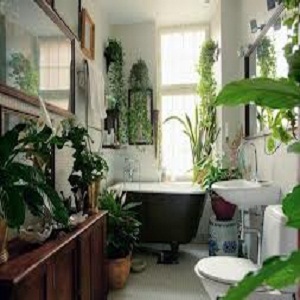How to Remove Harmful Chemicals From Your Home Using Houseplants

Interior plants not only improve the ambiance and fill rooms with energy but are also helpful against a variety of harmful chemicals present in the air. A credible NASA research found that houseplants improve air quality inside building and remove 87% of the toxins within 24 hours. Indoor plants are effective against volatile Organic chemicals. The source of these chemicals is a long list of items which are present in almost every home like paints, varnishes, carpets, glues, air fresheners, cleaning products and aerosol sprays. These chemicals pose serious health problems like eye, nose and throat irritations. They also cause headaches and nausea. Plants purify the air by taking in the polluted air and exhaling a clean supply.
Instructions
-
1
Choose locations:
Look for locations around the house where you can grow plants. You can place them in the bedrooms, t.v lounge, kitchen and even the bathroom. Plants like bamboo do best in the washroom. Decide whether you want potted ones or climbers. You can also get flowering plants which can contribute to the appearance of the place. Choose locations wisely according to the conditions demanded by each plant. Some might ask for abundant sun while others will be happy in the sunny shade. Same goes for the level of the humidity and water. -
2
Decide plant types:
Decide on the type of the plants to grow around the house based on their properties, conditions needed and appearance. Take time out to visit the nursery and give it a thorough shot. Some of the common plants proven by research to improve air quality are:
Ficus, peace Lilly and Dracaena: NASA believes them to be the most effective against a majority of the pollutants.
English ivy, Chinese evergreen, and snake plants: Good at removing Benzene which is a harmful compound found in paint, varnishes and detergents.
Azalea, philodendron, pothos, and chrysanthemum: Helpful against Formaldehyde which is present in foam insulation and engineered wood products like plywood and furniture. -
3
Number of plants:
The rough estimate is to have a plant for every 100 square feet and the plants should be scattered all around the space.The research by NASA suggested that an average home demands 18 good sized plants to be safe from harmful chemicals.







